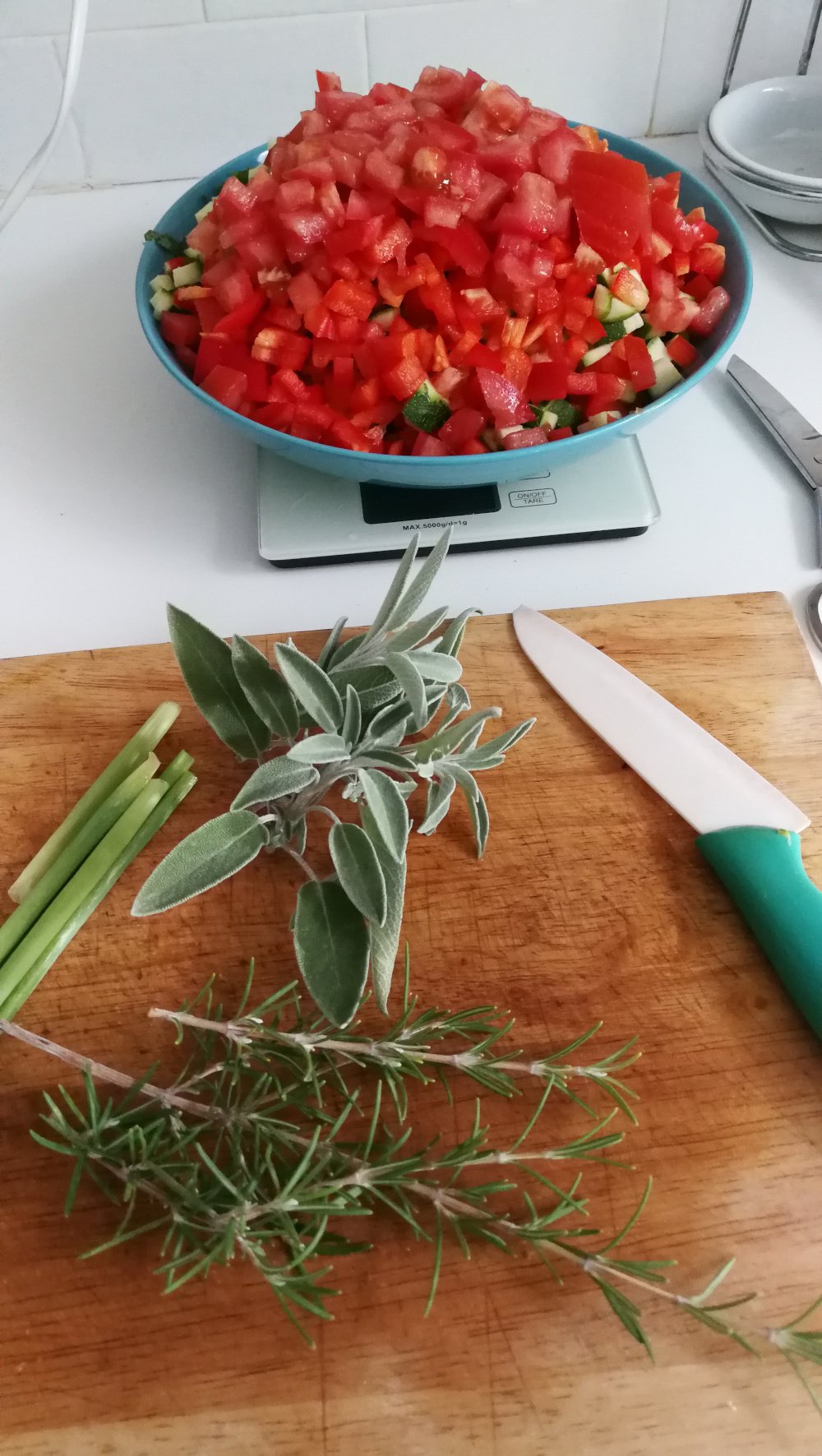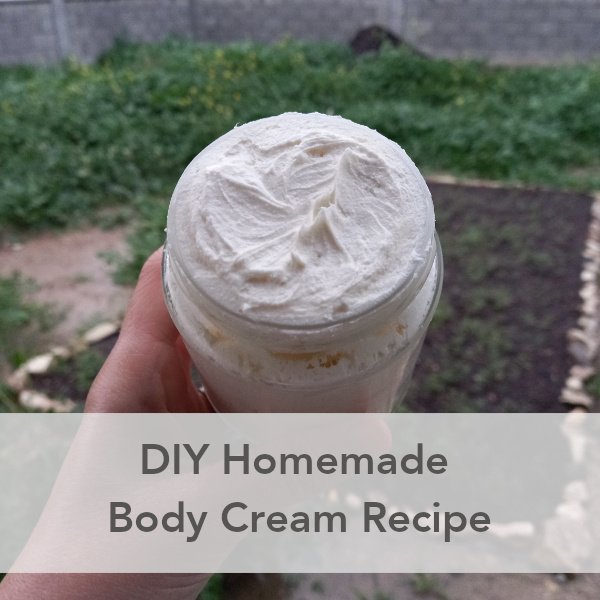20 Ways to be Sustainable in Everyday Life
Chances are you’re here because you want to learn about how to be more sustainably in your everyday life. You’ve been reading and learning more about our impact on the environment and on the precious wildlife that we share this earth with and you want to do something to help. This is great! I’m so glad you’re here!
My partner and I have been trying to live more sustainably since around 2017. We went travelling for a year and the state of how we are all living really hit home. We knew we needed to make some changes, so we did.
Now we live by the following basics that won’t cost you anything. In fact some of them might even save you some money and the best thing is you can start doing most of them today!
Why Should We Change Our Ways?
Let’s begin with the why. Why should we bother to change what we’re doing? This argument is discussed quite a bit in the sustainability community. What’s the point if big corporations are churning out massive amounts of plastic and damaging the environment without a single care?
Please don’t let this argument dissuade you from trying. There are good reasons to make the effort to be more sustainable our everyday lives.
As consumers, we have all the power!
By changing what we’re doing, how we’re living and in turn, what we are buying, we’re telling those big companies what we want and don’t want. And without our money, they’re nothing!
“We don’t need a handful of people doing sustainability perfectly but millions of people doing it imperfectly”.
I’m sure you’ve already seen or heard this or something similar before but it’s exactly right. If we’re all doing what we can then this leads onto point one and hopefully positive changes. We don’t need to all be 100% zero waste. In fact it’s impossible in my opinion.
What Are the Benefits of Living Sustainably
Aside from helping the environment and the wildlife, what benefits are there to us for living a more sustainable lifestyle? Here are five great reasons that I’ve found to continue this way of living.
Live a Healthier Life
By aiming to live more sustainably, we end up naturally living a healthier life. As we become more conscious of our actions and how they impact our environment and the world, we develop a set of routines that benefit our personal health.
We Have a Deeper Connection to Nature
The awareness that living sustainably brings means that we realise just how important nature is to our wellbeing and everyone and everything on this earth. We respect it more and strive to protect it as much as we can.
Develop a Greater Respect For What We Have
We realise just how grateful we are for what we have and enjoy looking after them. Mending, salvaging and respecting how our material possessions came to be becomes second nature.
We Spend Less Money
By realising that what we have and use is valuable, needs to be respected and its manufacture has an environmental impact, we choose to spend less, both on material things as well as energy. Bonus!
We Naturally Declutter Our Homes
We all have too much stuff :) and somehow, choosing to be more sustainable, in turn, makes us realise this. We choose to declutter and pass on what we’re not using to others who need it. I love doing this!
How to Live More Sustainably Everyday
So let’s get down to it! Here are 20 ways that we can all live a bit more sustainably in our everyday lives and enjoy the benefits mentioned above that come with this kind of lifestyle. If you find that you cannot do some of these, don’t worry, just do what you can.
1. Stop Buying Stuff
The first thing we did was to stop buying so much stuff. We’ve grown up in a materialistic and throw away culture. We don’t need all the stuff that we’ve been told we need. We now really analyse our purchases before making them by asking ourselves the following questions first":
a. Do we actually need it?
b. If yes, can we get it second hand?
c. If not, can we make it ourselves?
d. If not, is the company we’re buying from ethical and sustainable.
2. Use What You Already Have
Part of living more sustainably is to really value the things we already have and not waste them. If you already have plastic food containers, continue to use them until they are no longer useable.
You don’t need to go out and buy all glass containers so that your home appears zero waste. Sometimes zero waste isn’t pretty and perfect and that is fine.
3. Take Care of What You Have
Take care of all of your possessions. Your clothes, your kitchen appliances, your tools, your books everything. Know that to make all these items a lot of time, money, energy and labour was spent. Be sure to make them last as long as you can. You will spend less money replacing things and less will end up in landfill and if we’re all doing this, then the pressure on producing more will become less.
4. Accept the Imperfect
Following on from the point above, we’ve been accustomed to thinking that everything needs to be new, clean and perfect without marks. This encourages waste in all aspects of life, in food, in clothing, in homewares, anything. Buy the wonky veg, keep your chipped plates, save the shirt that has a small mark on it.
5. Pass Things on
If you really don’t want something anymore give it away to someone who does. “One person’s rubbish is another person’s treasure”. There will always be someone who can use what you don’t want anymore.
As long as it’s in decent condition or can be fixed, post it in your local “buy nothing” group, sell it in your local marketplace or give it to a friend.
6. Cook at Home and Measure Your Portions
Food waste is a big problem. Food is wasted at every single part of the food chain. Head to this article by Food Print to read more about it. It is wasted at the growing/harvesting stages, processing, distribution, restaurants and at home! It will shock you to hear that, in the U.S., households are where the most food is wasted!
I believe that cooking at home is better than eating out or getting a takeaway because we have more control over what we do and have the potential to make things better.
Whenever you can, try to cook at home more and measure out your portions to only cook what you need. An extra bonus is that we know exactly what is going into our food and so we eat healthier.
7. Compost Your Food Scraps
Compost any food scraps you have from cooking. It still counts as food waste but this means it can go back into the earth in your own garden and not be added to landfill. If you are unable to compost in your home due to limited space then don’t worry, check out Share Waste to see if you can share your compost with someone local to you.
8. Save Water
Look into ways to save as much water as you can. Usable, drinkable water is more scarce than we think and we don’t realise just how much we’re using until we start monitoring it. I’ve written a whole other blog post with some great tips on how to reduce water usage at home.
9. Save Electricity
Did you know that most of the worlds electricity is produced by burning fossil fuels which creates air, water and thermal pollution? A great way to live more mindfully and sustainably is to really take note of where you can save energy in your home.
Have you left the tiny lights on on the TV? Is your oven showing a clock when it’s not needed? Turn them off if you’re not using them. You can make small changes like this to help reduce your usage and as a bonus your energy bill too! Here’s a more in depth article on ways to conserve energy at home.
10. Take Your Own Flask
This is something that has stuck with us and saved us many times whilst out and about. We take our own flasks everywhere. We fill them with water which saves us needing to buy more bottles and then, when they’re empty, we use them to buy coffees.
Just ask the barista to make the coffee in your flask instead and they will happily do so. :) You don’t need a special “Keep Cup” or “Reusable Cup”, you can use any kind of drinks container you already have at home. Easy!
11. Reduce, Reuse, Recycle
Try to live by this mantra. Recycle should be the last on the list and not our first choice. As a generalisation, we all tend to recycle first because it’s easier but consider what happens to the recycling in your country. Where we live, nearly all of the recycling ends up in landfill.
Can you make reductions on packaging somewhere? Buy from your local zero waste shop or buy loose veg from the market instead? If not, then reuse what you can or pass it onto others who can use it. I recently gave away a full box of glass jars to someone who wanted to use them to make candles. Win win!
12. Make Your Own
If you can make something yourself then it is usually more sustainable than buying from a shop unless you are buying from a certified sustainable company or a local small business.
If you can sew, then why not buy second hand fabric from charity shops or remnants of fabric to make your own clothes? Can you knit or crochet? Use up those old balls of yarn you have in the closet or seek out some sustainable yarn options to make your own zero waste items?
If not, don’t worry! There’s still time to learn. I have a how to crochet step by step guide over on the blog with quick video tutorials to help you get started. By the end, you will be able to try one of my free crochet patterns to make your own dishcloths, face scrubbies, coasters and more. Then in no time you will be making your own dish sponges, produce bags and soap savers. You can see all my sustainable crochet patterns here.
13. Eat Less Meat
Not only will this save you money but it will also save our precious earth and animals. The facts are that it takes “100 times as much land to produce a kilocalorie of beef or lamb versus plant-based alternatives” - Our World In Data.
I’m not saying we all need to become vegan over night but reducing the amount of meat we eat each week will really help to heal the earths soil and allow more plants to grow which in turn will help the environment. Everyone and everything will benefit from this small change.
Start by replacing one weekly meal with a vegetarian or vegan version and see how it goes. You can read more about the use of land for different diets in this article.
14. Grow Your Own Food and Eat With the Seasons
If you have a garden, put it to use. Set up some raised beds and start growing some of your favourite foods in an organic way like tomatoes, cucumbers, peppers, corn, aubergines, strawberries, blackberries etc. Before you begin however, be mindful of what foods grow well in your country/area and at what times of the year.
One benefit to this is that your food will taste so much better because it is growing in the correct environment. The second benefit is that we are putting less pressure on growers to produce massive amounts of food and at the wrong times of the year.
At the moment there is too much demand throughout the year for the supply to be sustainable. By eating seasonally, growers will use less energy to try to replicate the correct environment for the plants to grow. E.g. using more water to keep the soil most when the plant usually grows in a cooler, wetter climate.
15. Buy Local / Support Your Local Community
If you can, make an effort to support the local shops in your community. Buy veg from your local veg market, support the mini market down the road, support the handmade businesses around you. This often means that you will travel less, the items you buy travel less and your money is going towards supporting a family rather than big businesses.
16. Get Involved with Community Projects
Find out about any local clean ups, tree plantings and swaps in your area and join in. The more we support these kind of events in our communities the better the world will be.
17. Plant Wild Flowers
Continuing from point 7, if you have a garden, then instead of grass, consider planting wild flowers for the bees and other insects to enjoy coupled with clover to give the soil some nutrients. Instead of a standard hedge, plant a strong edible plant that can double as a hedge like rosemary. If you don’t have space, have planters of lavender, oregano, mint and sage for the bees and for yourself to enjoy in the kitchen.
18. Remember the Wildlife
Think about how you can help the wildlife around where you live. Do you have trees and birds around you? Consider having a bird bath for the summer and put out food for the birds in the winter when they might struggle.
What about hedgehogs, frogs, foxes, bats? Can you set up a pond in your garden to help them out and encourage them into your garden as natural pest controllers? Here’s a helpful article on how to set up a mini pond.
19. Be Mindful
Everything mentioned above is based on this. The underlining idea of living sustainably is to be mindful of how we are living. Really taking note of the impact we are having on our environment and on others and seeing if we can change it for the better.
20. Don’t stress
If you can’t do any of these things, don’t worry. All we can do is our best. Feeling guilty about any of these points or any other zero waste goals is not helpful. Just be happy in the knowledge that we’re all doing our best
More Sustainable Living Tips
Join the Mailing List
Sign up to the mailing list for tips on sustainable living straight to your inbox.








